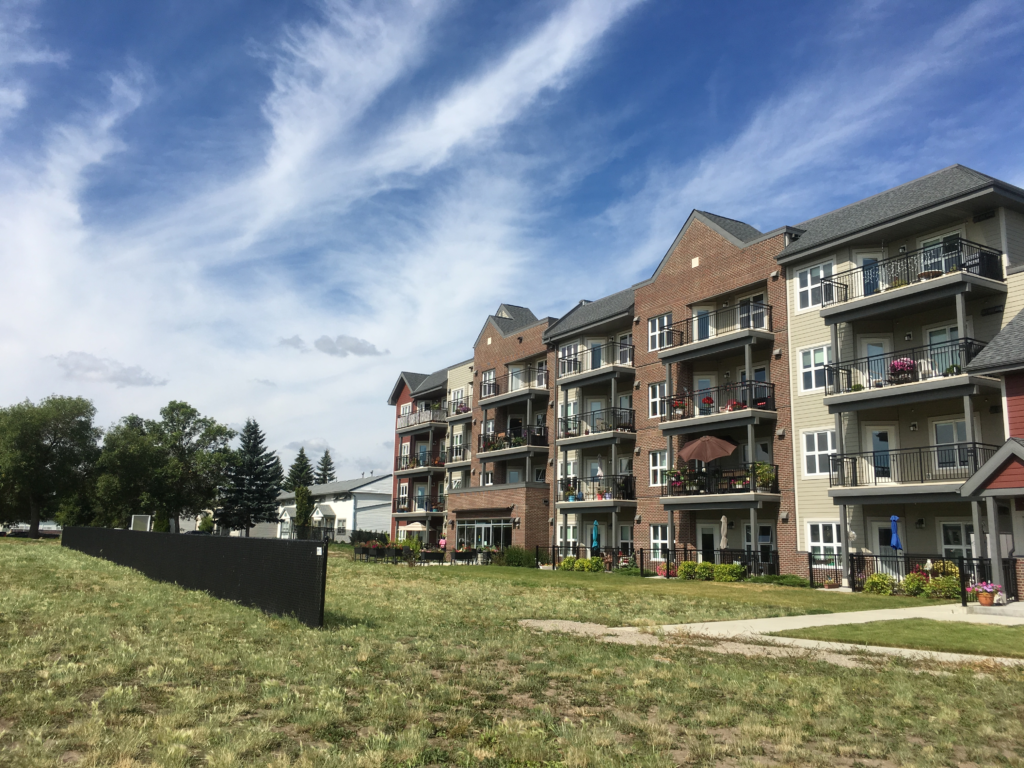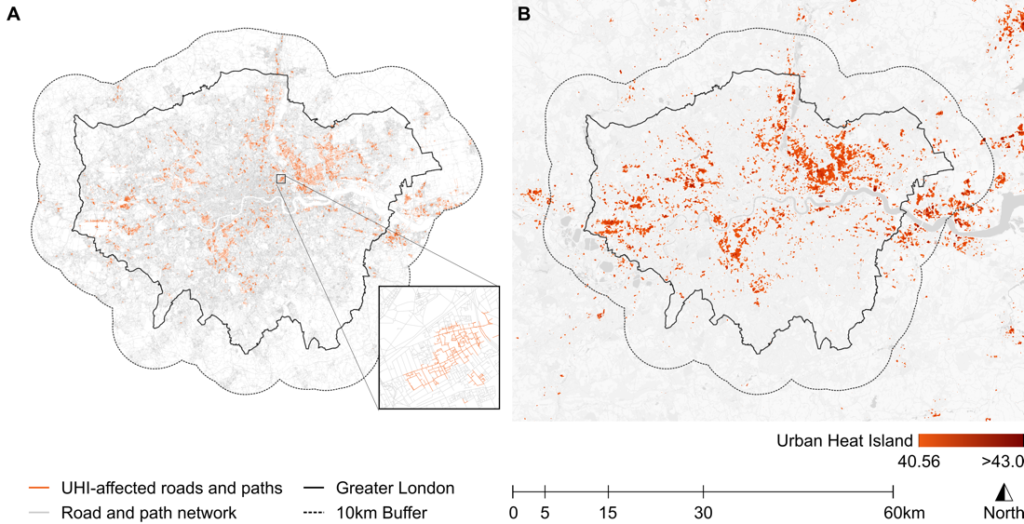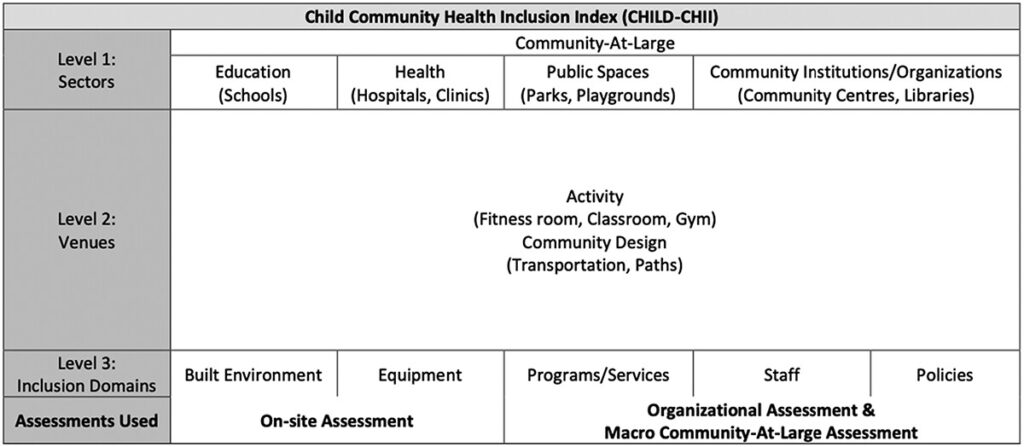Visual Essays
Share
City and Climate Zone
The capital of Germany, Berlin has a Continental Climate with warm summers and cold winters. It combines historic architecture, green spaces, and modern infrastructure, making it a hub for urban innovation.
Thematic Focus
Health and Climate Impacts
Health Impacts
Sealed streets in Berlin exacerbate the Urban Heat Island effect, increasing risks of heat-related illnesses like heatstroke and respiratory issues due to worsened air quality. Reduced thermal comfort discourages outdoor activity, particularly for vulnerable populations.
Climate Impacts
Heat retention from sealed surfaces intensifies urban temperatures and increases stormwater runoff, leading to urban flooding and ecosystem stress, reducing the cooling benefits of nearby vegetation.
Reflexive Approach
A thermal study of Berlin’s pedestrian urban scenes reflects on the interplay between urban design and thermal comfort during summer. It combines objective measurements with subjective insights, considering the impact of sealed surfaces, shading, and greenery on pedestrians. Researchers critically evaluate their own biases and engage with stakeholders for inclusive perspectives. The study advocates practical solutions to enhance thermal comfort and public health.
Technical Description
The survey was systematic, involving meticulous planning to identify key pedestrian urban scenes such as stops & stations, street crossings, respite areas, and entrances to buildings with priority uses. These strategically chosen locations aimed to assess thermal conditions and their impact on walkability in high-activity zones. A FLIR e76 thermal imaging camera was used to measure surface temperatures of pathways, sealed streets, vegetation, and shading structures. The equipment setup included a tripod for stable imaging, a handheld weather station for ambient temperature, humidity, and wind speed data, and a GPS tracker to map survey routes accurately.
Team
Alvaro Valera Sosa, lead researcher
Anna Au, research assistant
Krati Agarwal, research assistant
Related posts

Our ‘adaptive bubble strategy’ illustrates how older adults protect themselves from virus transmission and maintain healthy living activities and psychological wellbeing with the support of the built environment during COVID-19.

Our research highlights how some groups in London, like children, ethnic minorities, and lower-income residents, experience hotter areas due to the Urban Heat Island effect. We provide a clear approach for local governments to make climate action fairer and more effective.

We must take a careful look into the structures, policies, and programs that may be barriers to inclusion of children with disabilities in the community. Assess to intervene and create cities that are inclusive of and healthy for all!